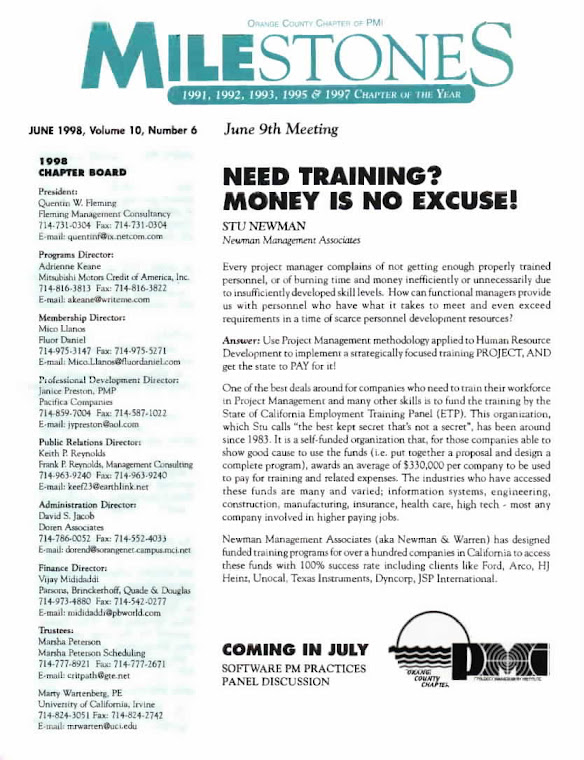Great link to all the definitions and descriptions listed in the PMBOK.
http://www.project-management-knowledge.com/definitions/p/project-management-body-of-knowledge-pmbok/
Friday, March 27, 2009
Subscribe to:
Post Comments (Atom)
A collaborative site for students and practitioners of Project and Process Management. -Managers don’t plan to fail…they fail to plan!




No comments:
Post a Comment